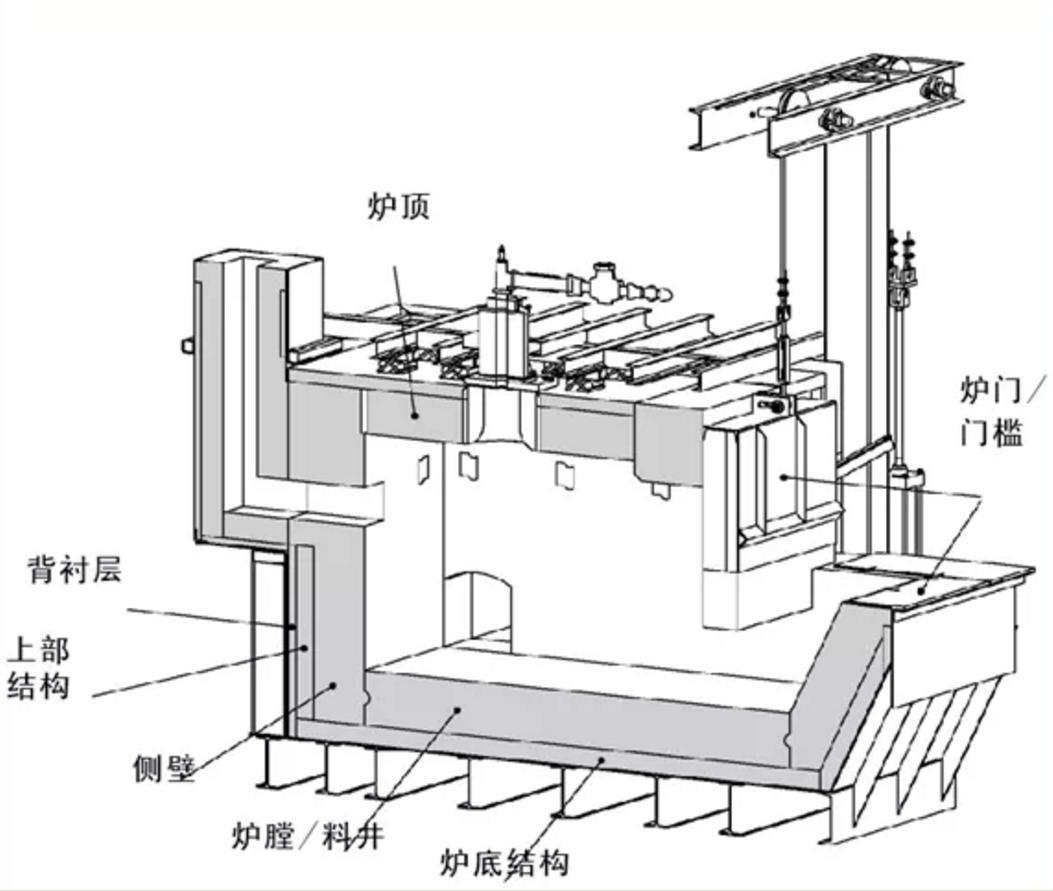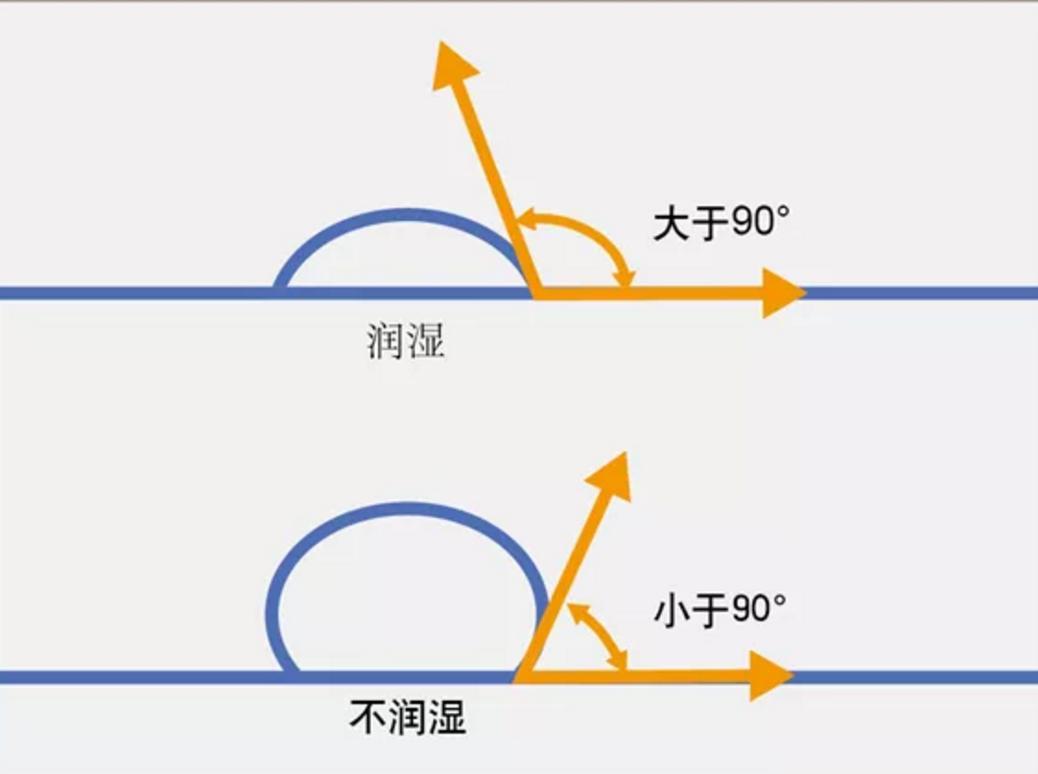The key to prolong the service life of refractory lining
2021-06-15 16:40
Balancing the refractory properties of aluminum furnaces helps to significantly extend service life.
The actual service life of the furnace is a focus in the manufacturing of aluminum products, which largely depends on the ability of the refractory lining to withstand various operating conditions (such as high temperature, temperature change, chemical corrosion and mechanical wear) in the furnace. Ideally, a single refractory structure can withstand all of these conditions and is easily available and inexpensive. Unfortunately, this rarely happens.
Reasonable selection of refractory materials is often to find the best balance between price, performance, specific application and operating conditions. A refractory with high strength and good wear resistance may be prone to cracking due to extreme temperature changes (commonly referred to as thermal shock), while a material that can resist thermal shock without serious cracking may be vulnerable to chemical corrosion. For a specific furnace, finding the best balance of material properties for each zone is an important guarantee to maximize the service life of the furnace.
Corrosion resistance requirements for aluminum smelting
The refractory lining of the aluminum furnace (Fig. 1) must be able to withstand the various chemical reactions occurring during the operation of the furnace. Three different areas should be considered: the area above the liquid level line, the area below the liquid level line and the area below the liquid level line. In the area above the liquid level line, the refractory must be resistant to the erosion of different alkali vapors. The alkali vapor may come from the flux used in aluminum smelting and the combustion products used to heat the furnace. In the area below the liquid level line, the refractory must resist the corrosion of molten aluminum. At the liquid level line (often called bosh zone), there is a three-phase point where refractory, atmosphere and liquid aluminum interact.

Figure 1. Schematic diagram of aluminum die casting furnace
During furnace operation, the refractory material below the liquid level line is directly in contact with aluminum liquid. This contact creates a chemical reaction zone where oxides on the surface of the refractory are reduced, such as silica (SiO2) to silicon. Aluminum will enter the refractory lining through the same redox reaction, or infiltrate under the action of capillary force.
Alumina oxide results in corundum tumor (Al2O3). This makes the crystal structure change from the face center cube to the hexagonal structure, which results in the obvious volume expansion. When corundum tumor is formed inside the refractory lining, the volume change will cause cracking, causing more aluminum penetration, and then more cracks, until the refractory lining finally breaks.
Wetting of resistant materials
One way to reduce the reaction zone is to prevent the aluminum liquid from "wetting" the resistant material (Fig. 2). The ability of a liquid to "wet" a surface is determined by the contact angle of the liquid. If the contact angle between liquid and surface is more than 90 degrees, it is called liquid wetting surface; When the contact angle is less than 90 degrees, the liquid does not wet the surface. The liquid that does not moisten the surface is similar to the bead of water on the body that has just been waxed. If the aluminum solution does not wet a refractory, it will not react with the refractory, and it will not penetrate the refractory lining.

Figure 2. Comparison of wetting and non wetting
Different additives can be used to reduce the wetting tendency of molten aluminum. Some of the most commonly used additives include barium, boron or fluoride, which can change the surface chemical properties of refractory, thus reducing the ability of liquid aluminum to react with and penetrate. The use of additives like this can greatly extend the effective service life of the refractory lining.
Although the non wetting additives help to prolong the service life of refractory in the contact area with molten aluminum, they are not helpful in the contact area with different molten aluminum. They can not protect the area above the liquid level line from the erosion of alkali vapor, can not improve the wear resistance of refractory, and can not improve the thermal shock resistance of refractory. Moreover, these additives are volatile. When it comes to 1700 ° F(927 ° C) Above these temperatures, they begin to lose their effectiveness because they react with other components in the refractory and change their properties. The cost of additives may also be high, making refractory more expensive than materials with the same ingredients but without additives.
Non wetting additives may also have some negative effects on refractory. The results show that adding 1% fluoride additive to the traditional castable will make the castable more stable in 2000 ° F(1,093 ° C) The high-temperature flexural strength (hMOR) of the composites decreased by as much as 30%. If it is low cement castable, the impact will be greater. The decrease of high temperature strength is probably due to the formation of glass phase caused by additives. Fluoride and boron are well-known glass forming materials. At high temperature, glass phase will be formed at grain boundaries, thus reducing the bonding strength between single grains and the overall strength of refractory.
Balance of refractory properties
When selecting refractories for aluminum furnaces, the advantages and disadvantages of the materials should be carefully considered. All the side walls of the furnace are in direct contact with the molten aluminum. The upper part of the sidewall must be cleaned to remove the splashed aluminum to prevent the formation of corundum bumps. The selected sidewall refractory should be resistant to mechanical abrasion and should not be wetted to avoid corundum bumps. The furnace and charging well are soaked in liquid aluminum, but the wear degree is not as serious as the side wall. The bottom structure may also come into contact with some molten aluminum, but it must also provide support, so a high strength and non wetting refractory material should be used.
The furnace door and doorsill are subject to temperature fluctuation every time the furnace door is opened, and they are also subject to abrasion during charging. Thermal shock resistance and wear resistance should be considered in the selection of refractory materials. The furnace top and superstructure need high strength and resistance to alkali vapor. The backing layer should be selected for the purpose of reducing heat loss, but it should also have appropriate resistance to molten aluminum, so as to prevent damage of hot surface refractory.
For all these areas, the specific operating conditions of the furnace must be fully considered, and the balance of refractory properties must be adjusted according to the actual situation. The main damage modes must be identified and the material selection adjusted accordingly.
The key of refractory material selection
The operating conditions of aluminum furnace require different performance characteristics of refractory lining in different areas. The refractory of furnace door will crack because of the violent temperature fluctuation; Corundum bumps are formed on the upper part of the sidewall that must be removed, so the refractory here needs to be wear-resistant; The lower part of the side wall is in direct contact with the molten aluminum, which needs to resist chemical erosion and prevent the infiltration of molten aluminum to avoid the formation of corundum tumor.
It is very difficult to find a kind of refractory that can meet all these requirements at low cost, but it is helpful to conduct sufficient research. When selecting refractory materials, the specific needs and operating conditions of the furnace must be carefully considered, which is very important for prolonging the service life of refractory lining.









